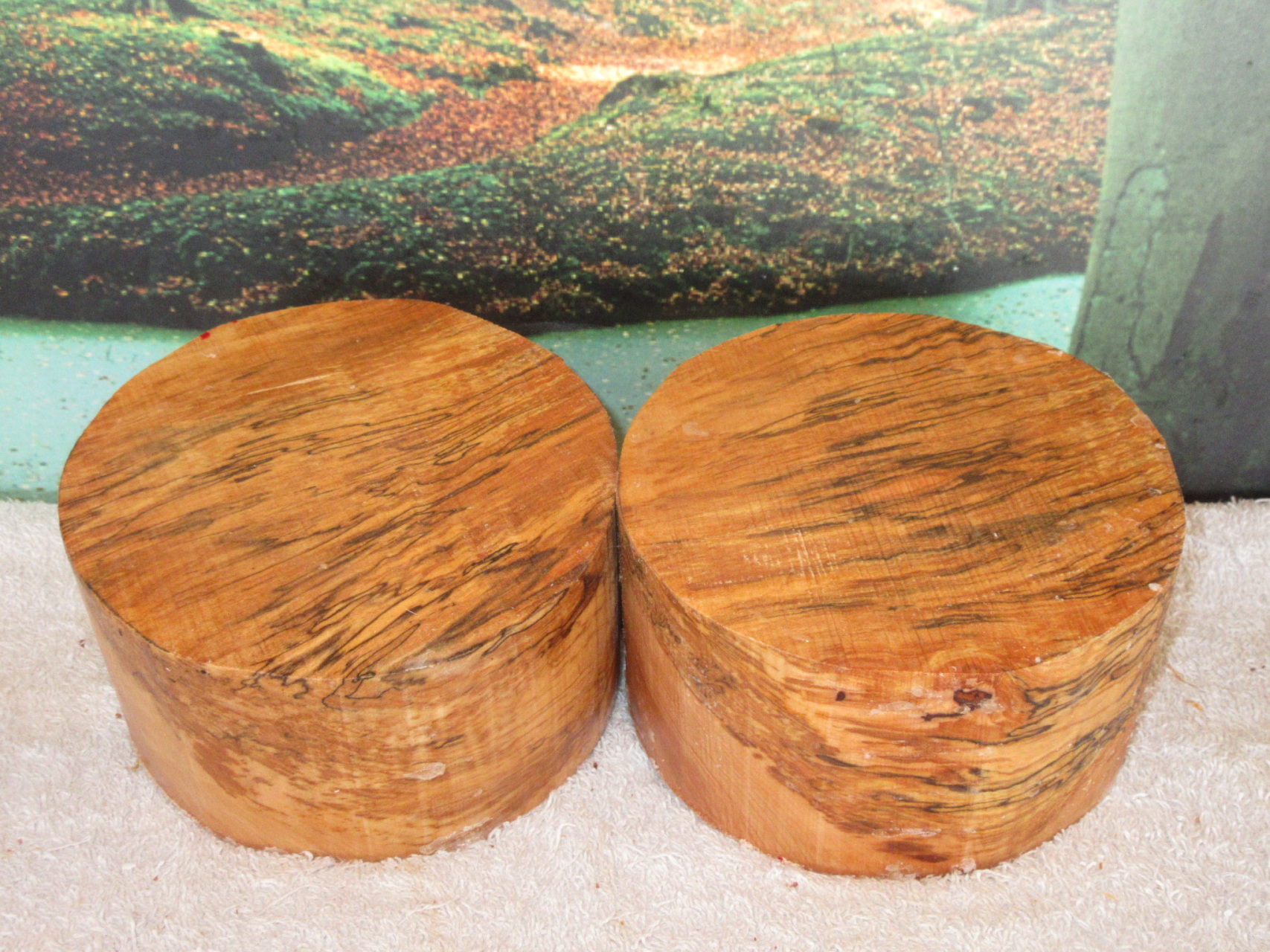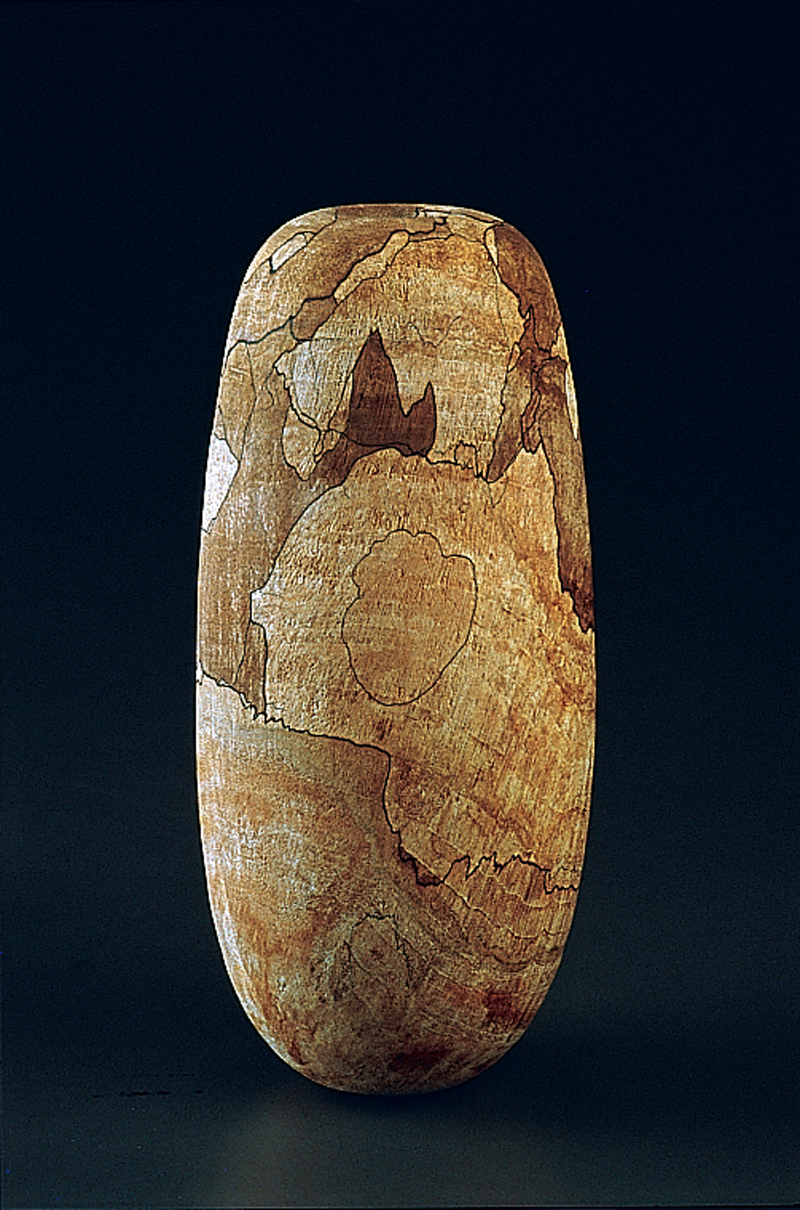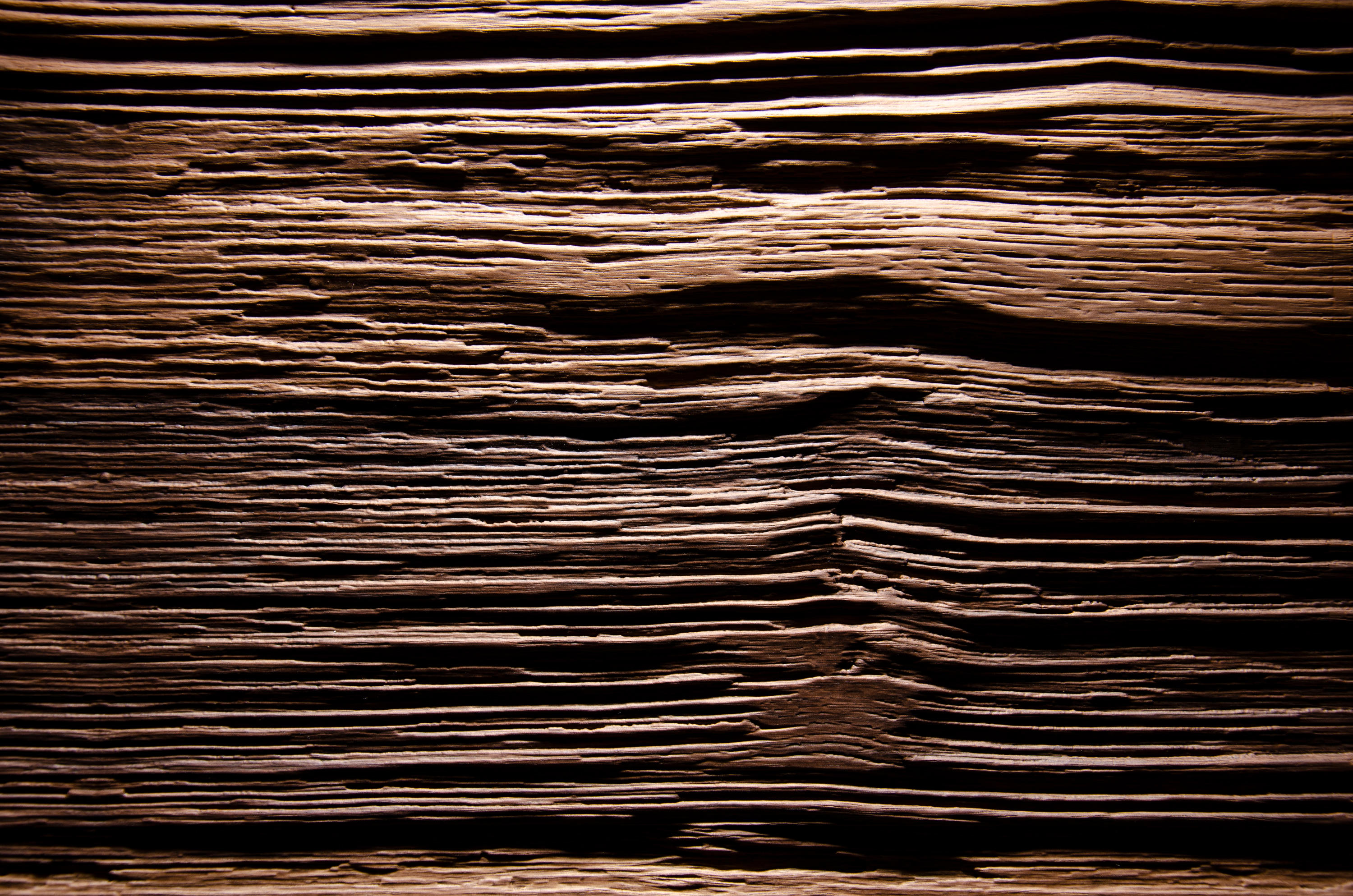
The lines of spalted wood can be so intricate that it looks as though they were penned by an ancient calligrapher. If the wood is found too early, it lacks character and seems bland when compared to spalted wood, but caught at the right stage of its life it is still stable and suitable for working and resists checking. One paradox of spalted wood is that as it ages it gets to a certain point where it is more attractive to the artist and less attractive to the tradesman. Only by working with spalted wood can one gain the knowledge necessary to succeed with and fully appreciate the challenges of this unpredictable material. One tree may have good workable spalted wood, while the next although appearing the same will be useless. The Availability of Spalted Woodīecause spalted wood is consistently inconsistent in appearance it is in high demand within the decorative wood markets.Įach piece is unique and completely different from the next. If a piece of decayed wood with zone lines is pulled apart very carefully, the zone line will be seen as a layer or sheet of dark rubbery material.īowl made with Spalted Wood. In the later stages, the infected wood is of a dirty white color and becomes soft and spongy. This incipient decay may or may not seriously weaken the wood, although a gradual softening of the wood is apparent and accompanied by a gradual change in color to grayish-white.



This phenomenon represents the early stages of the decay process. The characteristic blue-black zone lines of spalted wood form when incompatible colonies of fungi come into contact with each other and lay down barriers to separate their territories. The ideal conditions for spalting to take place are temperatures that range from 70 to 90 degrees Fahrenheit with a moisture content that is at or near the fiber saturation point of about 30%. Spalting is caused by the infections of wood with various kinds of white-rot fungi. Which Woods are Susceptible to Spalting?.


 0 kommentar(er)
0 kommentar(er)
